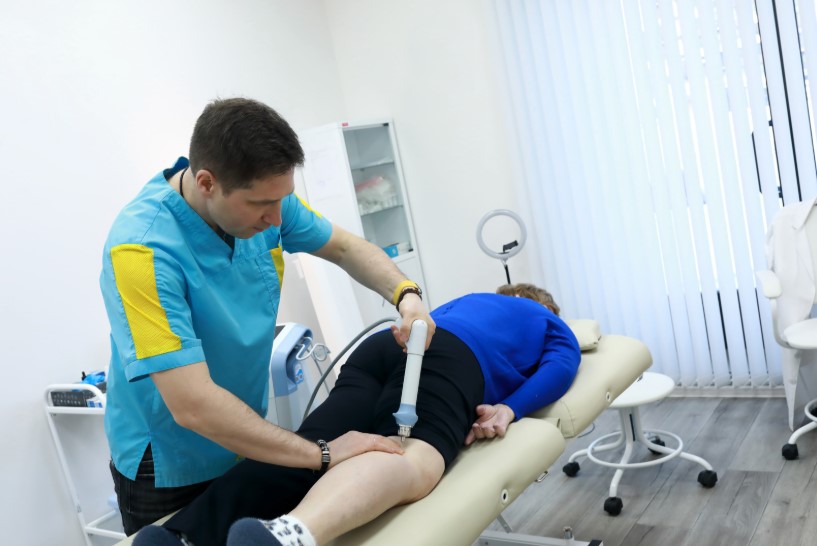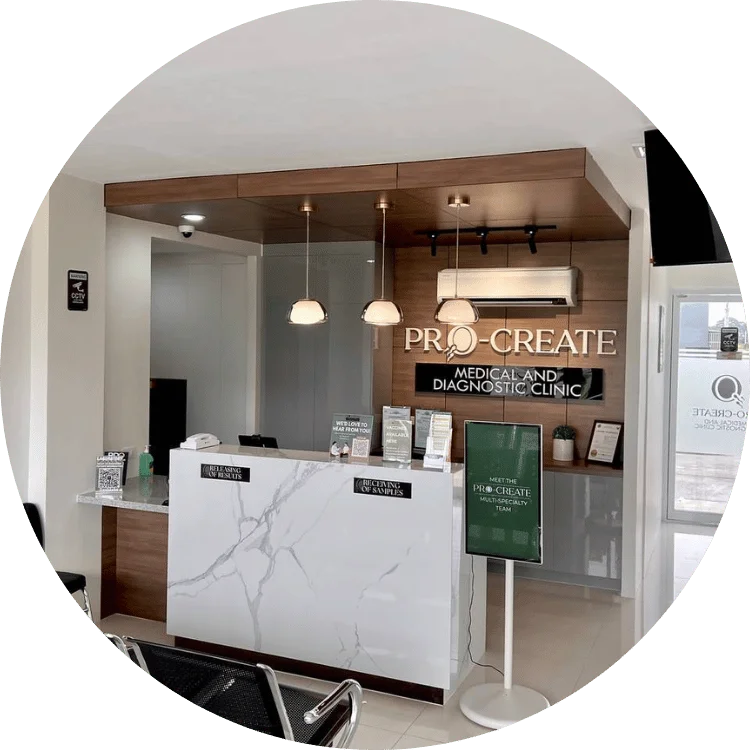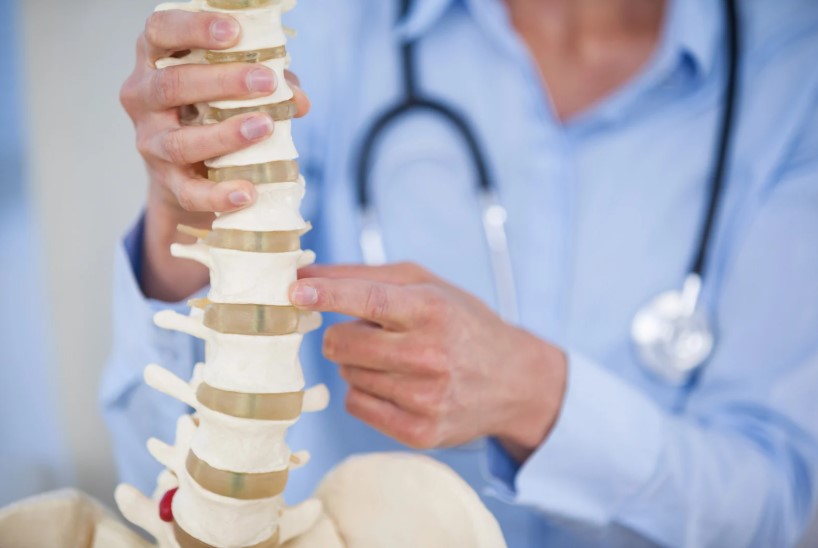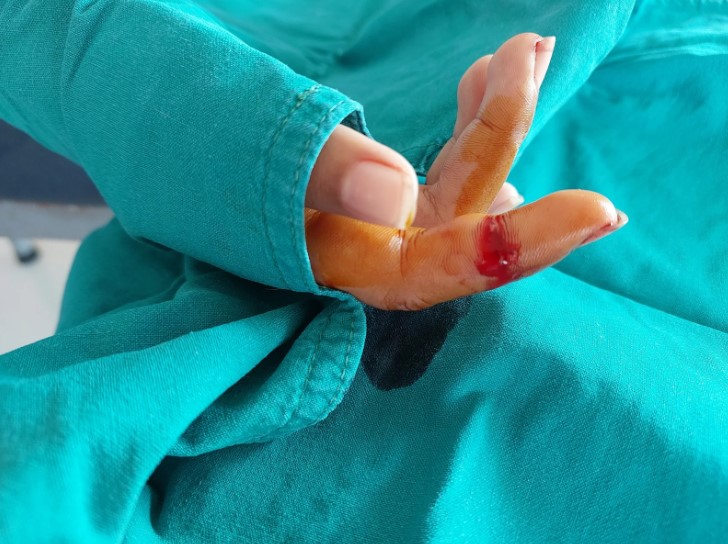Persistent pain can disrupt daily life, limit mobility, and affect overall well-being. Many people rely on traditional pain treatments, such as medications, injections, or surgery, hoping to find relief. However, a growing number of patients are turning to Shockwave Therapy as a non-invasive, drug-free alternative that promotes natural healing. Osteopractic Physical Therapy of Central Indiana has become a trusted destination for individuals seeking long-lasting results through Shockwave Therapy.
Understanding Shockwave Therapy
Shockwave Therapy uses high-energy sound waves to stimulate healing in affected tissues. By enhancing blood circulation, breaking down scar tissue, and promoting cell regeneration, this therapy targets the root causes of pain rather than just alleviating symptoms. Common conditions treated with Shockwave Therapy include plantar fasciitis, tennis elbow, shoulder tendinopathy, and chronic back pain. Backed by numerous clinical studies, Shockwave Therapy has shown significant improvements in pain reduction and functional recovery with minimal side effects.
Overview of Traditional Pain Treatments
Traditional pain management often focuses on symptom control rather than addressing the underlying issue. Common approaches include medications like painkillers or anti-inflammatory drugs, corticosteroid injections, physical therapy, and, in severe cases, surgical interventions. While these methods can provide temporary relief, they often fail to promote long-term healing. Some treatments, such as long-term medication use or surgery, can carry additional risks, including side effects, prolonged recovery, or dependency.
Comparing Effectiveness: Shockwave Therapy vs Traditional Treatments
When comparing Shockwave Therapy to traditional treatments, several factors stand out.
Speed of Results: Shockwave Therapy often delivers noticeable improvement within a few sessions, whereas medications and physical therapy may take longer to produce results.
Healing Approach: Shockwave Therapy encourages the body’s natural repair mechanisms, tackling the root cause of pain. Traditional treatments frequently mask discomfort without stimulating tissue regeneration.
Long-Term Results: Patients undergoing Shockwave Therapy typically experience lasting pain relief and a reduced risk of recurrence. Conventional methods, especially medications, may provide only temporary relief, requiring repeated interventions.
Patient Comfort: Shockwave Therapy is non-invasive and requires minimal recovery time. Traditional treatments, such as injections or surgery, can be painful and necessitate downtime.
Scientific Evidence: Research consistently supports Shockwave Therapy’s effectiveness for musculoskeletal conditions, giving patients confidence in its outcomes.
Side Effects and Safety Considerations
Safety is a critical consideration when choosing a pain treatment. Traditional approaches can carry risks such as gastrointestinal issues from prolonged medication use, infections or tissue damage from injections, and surgical complications. Shockwave Therapy, on the other hand, is generally safe and well-tolerated. Most patients experience only mild discomfort during treatment, and sessions require no downtime. This makes Shockwave Therapy a reliable, low-risk alternative for individuals seeking pain relief without invasive procedures or long-term medication use.
Cost and Convenience Comparison
Cost and convenience are important factors in treatment decisions. While traditional treatments may seem affordable initially, ongoing medication, frequent doctor visits, or repeated procedures can accumulate significant expenses. Shockwave Therapy, though sometimes perceived as more expensive per session, can be more cost-effective in the long run due to its efficiency, fewer sessions, and reduced likelihood of recurrent pain. Patients appreciate the convenience of non-invasive sessions with minimal disruption to their daily routines.
Who Benefits Most from Shockwave Therapy
Shockwave Therapy is ideal for athletes, active adults, and anyone suffering from chronic musculoskeletal pain. Individuals with conditions such as plantar fasciitis, calcific shoulder tendinopathy, tennis elbow, and chronic back or knee pain often experience superior outcomes compared to traditional treatments. Those seeking a drug-free, non-surgical solution find Shockwave Therapy especially appealing.
Why More Patients Are Switching to Shockwave Therapy
The shift toward Shockwave Therapy reflects a broader trend in healthcare: prioritizing natural healing and minimally invasive treatments. Patients are increasingly choosing therapies that address pain at its source while minimizing risks. Osteopractic Physical Therapy of Central Indiana has become a leading provider of Shockwave Therapy due to their expertise, personalized treatment plans, and consistent patient success stories. Advanced technology and skilled therapists ensure each session is tailored for maximum effectiveness.
How to Get Started with Shockwave Therapy
Starting Shockwave Therapy is simple and patient-friendly. Osteopractic Physical Therapy of Central Indiana begins with a comprehensive evaluation to identify the root cause of pain. A customized treatment plan is then developed, including the number and frequency of sessions required. Most patients notice improvements after just a few treatments, with continued progress over subsequent sessions. The clinic emphasizes comfort, safety, and measurable results throughout the process.
Choosing the Right Treatment for Lasting Pain Relief
Choosing the right pain treatment is essential for long-term health and mobility. While traditional treatments can provide temporary relief, Shockwave Therapy offers a natural, effective, and minimally invasive solution. By promoting tissue healing, reducing inflammation, and restoring function, Shockwave Therapy empowers patients to regain their active lifestyle. Osteopractic Physical Therapy of Central Indiana stands out as the premier choice for individuals seeking expert guidance, personalized care, and long-lasting results with Shockwave Therapy.
Frequently Asked Questions (FAQs)
1. How soon can I feel results from Shockwave Therapy?
Many patients notice improvement after 2–3 sessions, though optimal results typically appear after completing the full treatment plan.
2. Is Shockwave Therapy painful?
Patients may experience mild discomfort during treatment, but sessions are generally well-tolerated and require no downtime.
3. How many sessions are typically needed?
Treatment plans vary based on condition severity, but most patients require 3–6 sessions spaced one week apart.
4. Can I combine Shockwave Therapy with other treatments?
Yes, Shockwave Therapy can complement physical therapy, stretching, or strengthening exercises to enhance recovery.
5. Does insurance cover Shockwave Therapy?
Coverage varies by provider and plan. Osteopractic Physical Therapy of Central Indiana can assist patients with insurance verification and payment options.











